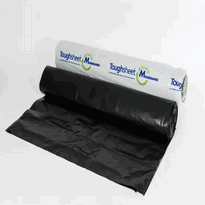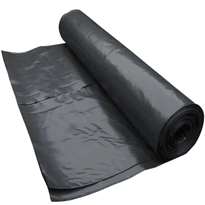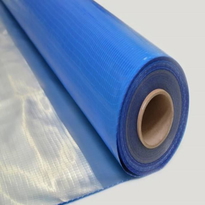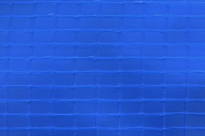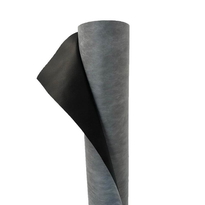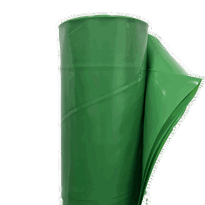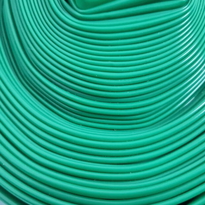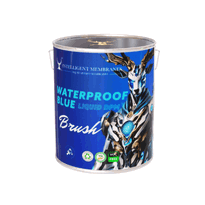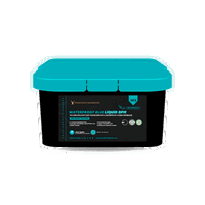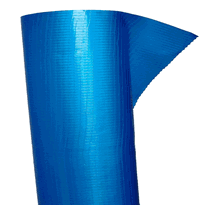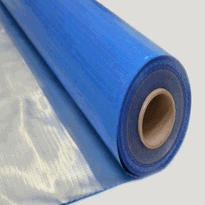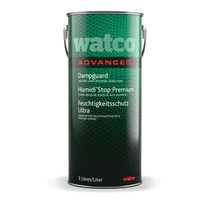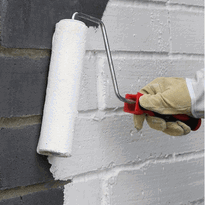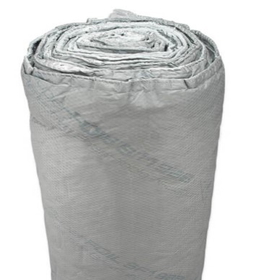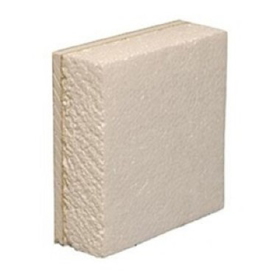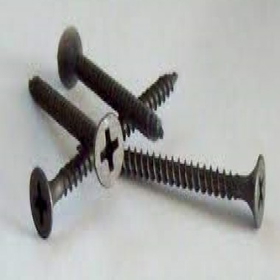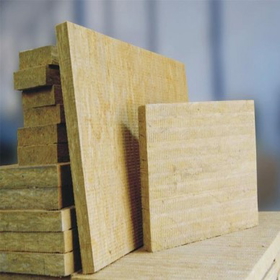Similar Categories
Dampproof Membranes: What They Are and Why You Need Them
If you are looking for a way to protect your home or building from the damaging effects of dampness, you might want to consider installing dampproof membranes. Dampproof membranes are materials that prevent moisture from penetrating the internal walls and floors of a property. They offer protection against a variety of problems associated with moisture ingress, such as lowering the insulation properties, damaging the structures, causing mould growth, and affecting the health of the occupants.
In this article, we will explain what dampproof membranes are, how they work, what benefits they provide, and what types of dampproof membranes are available in the market. We will also give you some tips on how to choose and install dampproof membranes for your property.
What are dampproof membranes?
Dampproof membranes are materials that are used to prevent moisture from entering the building. They are usually placed between a concrete or screed subfloor and the floor covering, or on the walls in conjunction with a damp proof course. Dampproof membranes are made from plastic, which means that they are impermeable to water and can resist the pressure of water vapour.
Dampproof membranes are different from waterproof membranes, which are designed to withstand hydrostatic pressure and prevent water from leaking into the building. Dampproof membranes are mainly used to stop capillary action, which is the movement of water through porous materials due to the difference in water pressure. Dampproof membranes are also different from vapour barriers, which are used to prevent water vapour from condensing on the cold surfaces of the building.
How do dampproof membranes work?
Dampproof membranes work by creating a physical barrier that stops moisture from reaching the internal walls and floors of the building. They are usually installed in conjunction with a damp proof course, which is a horizontal layer of material that is placed within the brickwork to stop any damp rising up from the ground. The damp proof course and the dampproof membrane should be continuous and overlap each other, forming a more effective barrier against moisture.
Dampproof membranes can be installed either above or below the concrete or screed subfloor, depending on the type of membrane and the condition of the floor. For walls, dampproof membranes are usually studded or dimpled, creating an air gap that allows the moisture to evaporate while leaving the wall undamaged. The studded membrane also provides a key for plastering or rendering the wall.
What are the benefits of dampproof membranes?
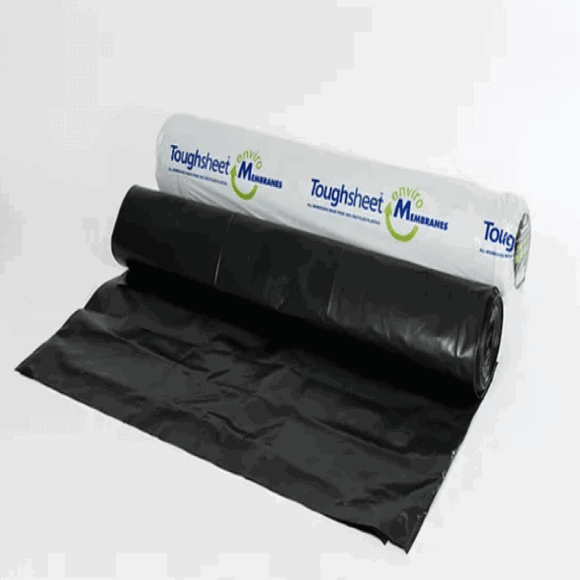 Dampproof membranes provide several benefits for your property, such as:
Dampproof membranes provide several benefits for your property, such as:
- They protect the building from the potential dangers of damp and moisture, such as lowering the insulation properties, damaging the structures, causing mould growth, and affecting the health of the occupants.
- They improve the thermal performance and energy efficiency of the building, as they prevent heat loss due to dampness and condensation.
- They extend the lifespan and durability of the building, as they prevent the deterioration and corrosion of the materials due to dampness and salt.
- They enhance the appearance and comfort of the building, as they prevent the formation of damp patches, stains, and odours on the walls and floors.
- They save you money and time, as they reduce the need for repairs and maintenance due to dampness and moisture problems.
What types of dampproof membranes are available?
There are different types of dampproof membranes available in the market, depending on the material, thickness, application, and performance. Some of the common types of dampproof membranes are:
- Polyethylene dampproof membranes: These are the most widely used type of dampproof membranes, as they are cheap, flexible, and easy to install. They are made from high-density polyethylene (HDPE) or low-density polyethylene (LDPE), which are resistant to chemicals, punctures, and tears. They are usually 1200 gauge or 0.3 mm thick, and can be used for both floors and walls. An example of a polyethylene dampproof membrane is the Toughsheet DPM Dampproof Membrane, which is a high-quality and versatile membrane that can be used for a range of applications, such as concrete floors, cavity drain systems, and tanking systems.
- Methane dampproof membranes: These are special types of dampproof membranes that are designed to prevent the ingress of methane gas, which can be harmful to the health and safety of the occupants. They are made from co-extruded polyethylene, which has a high gas barrier performance. They are usually 0.5 mm thick and can be used for both floors and walls. An example of a methane dampproof membrane is the Novia Methane Pro Dampproof Membrane, which is a high-performance and robust membrane that can be used for methane protection, radon protection, and dampproofing.
- Breather dampproof membranes: These are types of dampproof membranes that are used for roofs and walls, as they allow the passage of water vapour while preventing the ingress of liquid water. They are made from polypropylene or polyester, which are breathable and durable. They are usually 0.2 mm thick and can be used for pitched roofs, timber frame walls, and masonry walls. An example of a breather dampproof membrane is the Novia Black Ultra Roof and Wall Breather Membrane, which is a high-quality and lightweight membrane that can be used for roof underlays, wall underlays, and temporary covers.
How to choose and install dampproof membranes?
When choosing a dampproof membrane for your property, you should consider the following factors:
- The source and extent of the damp problem: You should identify the cause and severity of the damp problem, such as rising dampness, penetrating dampness, or condensation. You should also measure the moisture content and the salt content of the walls and floors, as they can affect the performance and compatibility of the dampproof membrane.
- The type and condition of the subfloor and the wall: You should check the type and condition of the subfloor and the wall, such as concrete, screed, brick, or timber. You should also check the level and smoothness of the subfloor and the wall, as they can affect the installation and adhesion of the dampproof membrane.
- The type and thickness of the floor covering and the plaster: You should consider the type and thickness of the floor covering and the plaster, such as tiles, laminate, carpet, or gypsum. You should also consider the weight and load of the floor covering and the plaster, as they can affect the strength and durability of the dampproof membrane.
- The performance and specification of the dampproof membrane: You should compare the performance and specification of the dampproof membrane, such as the material, thickness, application, and gas barrier. You should also check the compliance and certification of the dampproof membrane, such as the British Standards, the Building Regulations, and the CE marking.
When installing a dampproof membrane for your property, you should follow the manufacturer’s instructions and the best practices, such as:
- Preparing the subfloor and the wall: You should clean and dry the subfloor and the wall, removing any dust, dirt, grease, or loose material. You should also repair any cracks, holes, or defects on the subfloor and the wall, using a suitable filler or mortar. You should also prime the subfloor and the wall, using a suitable primer or adhesive, to improve the adhesion and the performance of the dampproof membrane.
- Laying the dampproof membrane: You should lay the dampproof membrane on the subfloor and the wall, ensuring that it is flat and smooth, without any wrinkles, folds, or gaps. You should also overlap the dampproof membrane with the damp proof course, forming a continuous and effective barrier against moisture. You should also seal the joints and the edges of the dampproof membrane, using suitable tape or sealant, to prevent any leakage or ingress of moisture.
- Applying the floor covering and the plaster: You should apply the floor covering and the plaster on the dampproof membrane, ensuring that they are compatible and suitable for the dampproof membrane. You should also follow the manufacturer’s instructions and the best practices for the floor covering and the plaster, such as the curing time, the expansion gap, and the ventilation.
Where can you buy dampproof membranes online?
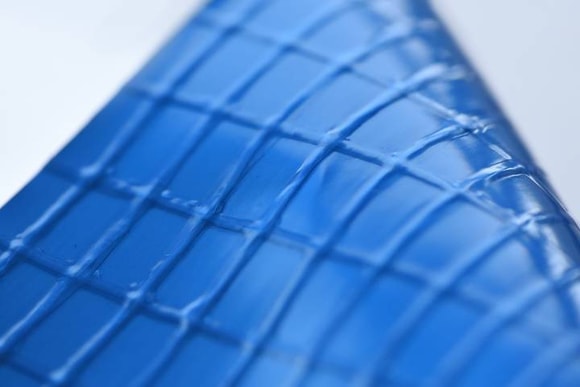 If you are looking for high-quality and affordable dampproof membranes, then you can buy them online from Buy Insulation Online, we are a leading supplier of insulation and building materials in the UK. We offer a wide range of dampproof membranes for different applications and preferences, such as:
If you are looking for high-quality and affordable dampproof membranes, then you can buy them online from Buy Insulation Online, we are a leading supplier of insulation and building materials in the UK. We offer a wide range of dampproof membranes for different applications and preferences, such as:
Toughsheet DPM Dampproof Membrane: This is a 300-micron thick black polythene sheet that is suitable for use as a damp-proof membrane for concrete floors and walls. It is easy to install and cut and conforms to the British Standards BS 6515:1984 and BS 8000-4:1989.
Novia Methane Pro Dampproof Membrane: This is a 500-micron thick green polythene sheet that is suitable for use as a damp-proof membrane for concrete floors and walls. It is also resistant to methane gas, which makes it ideal for use in contaminated land or landfill sites. It conforms to the British Standards BS 8485:2015 and BS 8102:2009.
Novia Black Ultra Roof and Wall Breather Membrane: This is a 130 gsm thick black non-woven fabric that is suitable for use as a breathable dampproof membrane for roofs and walls. It is highly water resistant, but also allows water vapour to pass through, preventing condensation and dampness. It conforms to the British Standards BS 5534:2014 and BS 5250:2011.
You can order these dampproof membranes online from our website Buy Insulation Online, and get them delivered to your doorstep within 2-3 working days. You can also benefit from our competitive prices, friendly customer service, and expert advice that Buy Insulation Online offers.
Conclusion
Dampproof membranes are materials that prevent moisture from penetrating the internal walls and floors of a property. They offer protection against a variety of problems associated with moisture ingress, such as lowering the insulation properties, damaging the structures, causing mould growth, and affecting the health of the occupants. They also improve the thermal performance and energy efficiency of the property, extend the lifespan and durability of the property, enhance the appearance and comfort of the property, and save money and time for the property owners.
There are different types of dampproof membranes available in the market, depending on the material, thickness, application, and performance. Some common types of dampproof membranes are polyethylene dampproof membranes, methane dampproof membranes, and breather dampproof membranes. When choosing and installing a dampproof membrane for your property, you should consider the source and extent of the damp problem, the type and condition of the subfloor and the wall, the type and thickness of the floor covering and the plaster, and the performance and specification of the dampproof membrane.
Frequently Asked Questions
Q: What is a damp proof membrane (DPM)?
A: A damp proof membrane, also known as a DPM, is a material used to prevent moisture from passing into a structure from the ground. It is often used in construction to protect buildings from rising damp and moisture penetration.
Q: Why do I need a damp proof membrane?
A: Damp proof membranes are essential for preventing moisture from damaging building materials and causing issues such as rising damp, which can lead to structural damage and affect the indoor air quality.
Q: What are the different types of damp that a damp proof membrane can protect against?
A: Damp proof membranes can protect against various types of damp, including rising damp, penetrating damp, and condensation, by creating a barrier that prevents moisture from entering the building.
Q: What should I consider when choosing a damp proof membrane?
A: When choosing a damp proof membrane, consider factors such as the brand, size, and material. It's important to select a membrane that is suitable for the specific requirements of the construction process and the type of damp you need to address.
Q: How is a damp proof membrane installed?
A: The installation process for a damp proof membrane can vary depending on the specific application and the type of membrane being used. In general, the membrane is placed beneath the layers of flooring or against the wall surfaces to create a barrier against moisture penetration.
Q: Can I use a damp proof membrane for DIY projects?
A: Yes, damp proof membranes are often used in DIY projects to address issues of damp in residential buildings. There are various types of membranes available that are suitable for DIY installation, providing a versatile product for moisture protection.
Q: Are there different coatings available for damp proof membranes?
A: Yes, there are different coatings and solutions available for damp proof membranes, including liquid damp proof and plastic membranes. These coatings are designed to provide an additional layer of protection against moisture from the ground and can be chosen based on specific requirements.
Q: What are the benefits of using a damp proof membrane?
A: Using a damp proof membrane can help prevent damp-related issues, protect the structural integrity of buildings, and ensure a healthier indoor environment by keeping moisture at bay. It is a vital component in damp-proofing and construction processes.
